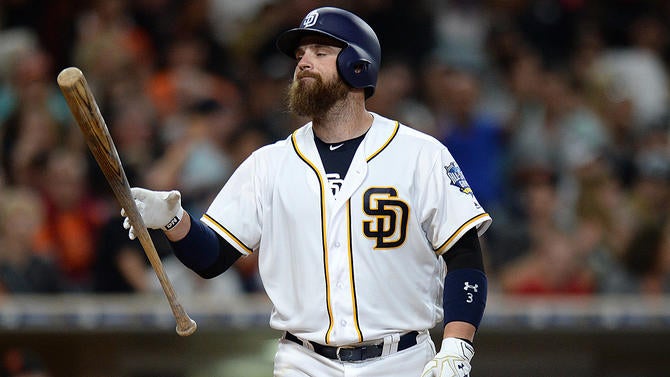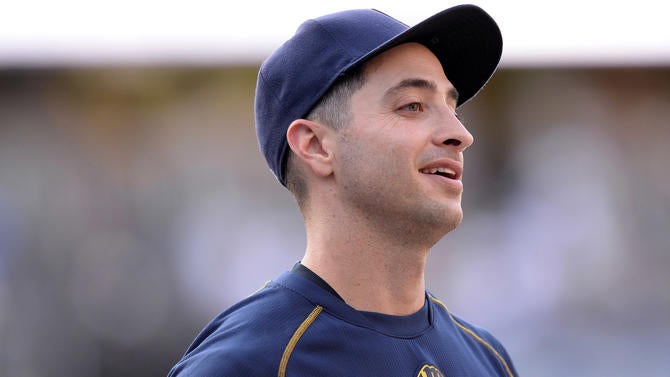Just one day ago, we went through a flurry of trades on what could generally be called the trade deadline in Major League Baseball. Without specificity, it might confuse fans when they see trades happen from here on out -- and there will be trades.
How? Well, if you already know the answer, you don't need to be here. If that is the case, just go check out some of our other great content on the CBS Sports MLB page. You'll find a lot.
If you don't know how trades can still happen and are interested, proceed.
First off, the specificity I mentioned earlier is that the full name of the 4 p.m. ET deadline on Monday was the non-waiver trade deadline. From here on out, no players on 40-man rosters can be traded unless waivers are involved.
We'll mostly see players who aren't of much use to their current teams or have terrible contracts being moved this month. We could see aging players on rebuilding teams and in the last year of their contract moved, too, such as Chase Utley being traded by the Phillies to the Dodgers last August.
For the explanation on how the process works, we'll use Padres catcher Derek Norris as our vehicle. The Padres are rebuilding, have an excellent catching prospect (Austin Hedges) soon to be MLB-ready and Norris is having a down year. He's also under team control through 2018 and has been productive in the past. There's a chance he gets through waivers or gets claimed and the Padres either let him go or work out a trade. Simply: I think he's a good August trade candidate.

The process:
1. Norris needs to be placed on waivers by the Padres.
2. If more than one team places a claim on Norris, the one with the worse (or worst, in the cases of more than two teams placing claims) record in the NL "wins" the claim. If no NL team claims him, the process goes in the same way for the AL teams (and vice versa if the player is placed on waivers by an AL team). If teams are tied? Playoff tiebreakers decide.
3. If a claim is awarded, the Padres have three options. They can pull Norris back and just keep him. This happens often, as teams try to fish players through waivers just so they have the option of making a deal. If the player doesn't get through, no big deal, just pull him back and he won't be traded this season. The second option is to trade Norris to the claiming team. The third option is to simply let the player go. This wouldn't happen with cheaper players, but it's possible that this would happen with big-salary players. More on that below.
4. If Norris clears waivers, he can then be traded to anyone for the rest of the season. Once players have been through waivers, the trades then become more like what we saw before the deadline -- among players who have been through waivers and those not on 40-man rosters, of course. All no-trade clauses apply and money can change hands and everything.
Now, when I said I'd circle back to a team possibly just letting a player go, let's dig in on a name I find very intriguing.

The Brewers are rather obviously in the process of a rebuild. Braun is still wildly productive at the plate (.321/.383/.515 with 17 doubles and 14 homers entering Tuesday). He's also 32 years old and seemingly always has a nagging injury. He's owed $76 million from 2017-2020 as well.
When the Brewers place him on waivers, might a contender take the plunge and claim him? If so, wouldn't the Brewers just let him go and clear that salary? Surely they would, which is why I don't think anyone would claim him. Once he's through waivers, what if a large-market contender suffers a major injury to a key player and is desperate enough to take on Braun's money?
I don't think this is likely, but I do think it's possible. And this is also a case where some team just might claim him. Maybe.
Answers to questions that might arise:
- Trades can still happen in September, but any player traded during that month isn't eligible for the playoffs, so Aug. 31 takes on added significance here.
- This process can only happen once, in that teams can place someone on waivers and pull him back. If they do it a second time, those are irrevocable waivers and they can no longer pull a player back. In nearly every case of players with any sort of big-league value, they would only be placed on waivers the one time.
So are we all smarter now, or what?


















